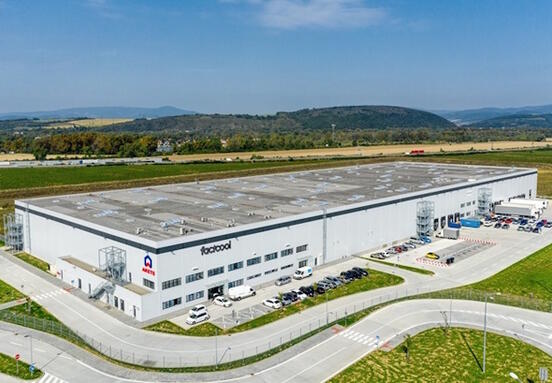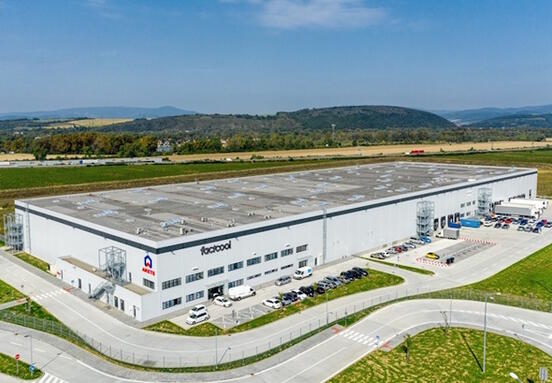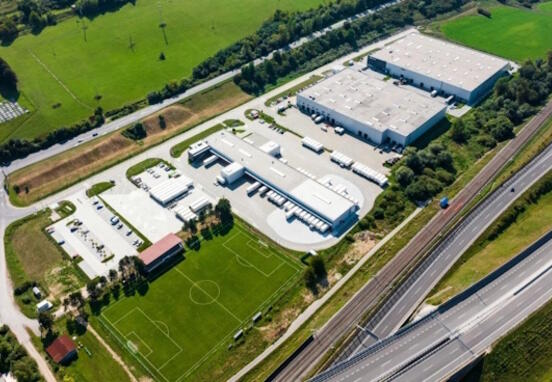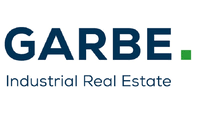Navigating the Current European Logistics Landscape
The European logistics real estate market is undergoing a significant shift, moving into a more mature phase of stabilisation and consolidation. This means businesses looking for warehouse or distribution space can expect a more predictable environment compared to the rapid surges seen in recent years. Projections indicate an average rental growth of 70 cents per square metre for Q2 2025 to Q2 2030, translating to a steady 1.9 percent annual growth rate (CAGR). While this is a decrease from the exceptional 5.6 percent CAGR observed previously, it signifies a sustainable and robust market where high-end locations continue to offer strong potential.
Spotlight on European Prime Logistics Hubs
For businesses strategically positioning their supply chains, certain key markets are poised for above-average rent growth, exceeding a 2.0 percent CAGR. These include vital logistics hubs such as Munich, Stuttgart, Inner London, Manchester, Paris, Barcelona, and Warsaw. Their central roles in regional and international distribution networks make them highly attractive for companies seeking efficient and well-connected operations. Investing or locating in these areas means tapping into the core of Europe's logistics infrastructure.
Understanding Rental Dynamics Across Europe
Moderate Prime Rent Increases Signal Stability
The first half of 2025 saw prime rents across Europe increase by a moderate 6 cents to 7.42 euros per square metre per month, an annual rate of 0.8 percent. Crucially, prime rents remained unchanged in a significant 59 percent of regions, increased slightly in 36 percent, and fell in only five percent. This data strongly underscores a stabilising trend, providing businesses with greater foresight for budgeting and long-term planning.
Regional Variances: Where is Growth Happening?
While the overall trend is stable, regional developments present varied opportunities:
- Germany experienced a 6-cent increase (3 cents without Munich), indicating continued strength in its core markets.
- Italy saw an average 24-cent increase in five out of seven regions, highlighting emerging growth.
- France reported an average 4-cent increase in four out of ten regions.
- Spain achieved an average 13-cent growth in three out of four markets.
- Growth slowed in the United Kingdom to 11 cents and in the Netherlands to 5 cents, suggesting these markets are also settling into a more stable growth pattern.
Vacancy Rates and Future Outlook
The average vacancy rate in Europe surpassed 6.6 percent in Q1 2025. While rapid increases were observed in the UK, Italy, and Slovakia, signs of recovery are emerging in significant markets like Germany, Spain, and Poland. This dynamic environment means that while selection might be broader in some areas, well-located, high-quality spaces in demand-driven markets remain competitive. Policy incentives, such as Germany's “Super-AFA,” further underscore ongoing efforts to stimulate the market. The overall market remains robust, presenting clear opportunities for businesses seeking strategic locations, especially in well-connected regions catering to specialised users and high-quality logistics facilities.
Source: europaproperty.com








